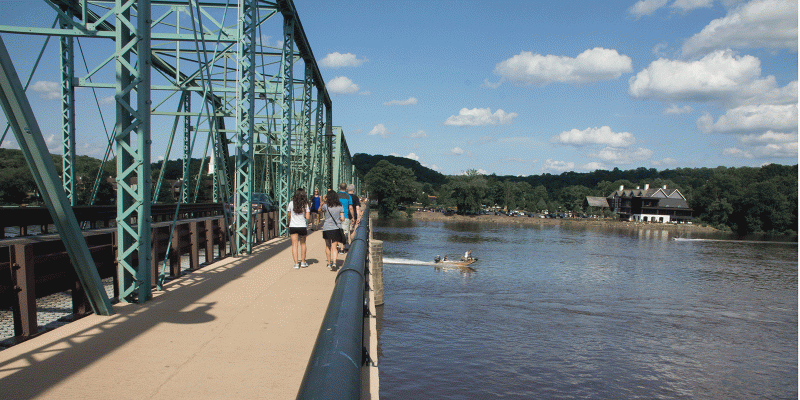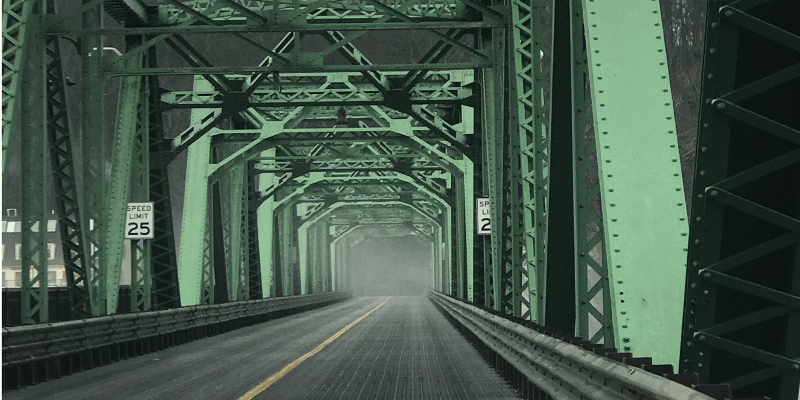From the heart of New Hope, Bridge Street gradually climbs as it moves away from the river. Still within view of the bridge, a large, somewhat rundown building occupies one of the corners at the railroad crossing. While it may not be much to look at, that building houses one of the few remaining links to the movement that put New Hope on the map.
Back in 2002, Robin Larsen founded a small community-based arts group and called it New Hope Arts. Its aim was simple: To bring the arts back to New Hope. In spite of the handfuls of galleries that populated the borough’s Main Street and side avenues at the time, Larsen felt New Hope was on the verge of becoming disconnected from its identity as an artists’ colony.
The cost of living had priced many contemporary artists out of the town, and few were able to exhibit their art locally.

New Hope arrives
New Hope began to develop its reputation as an artists’ colony toward the end of the 19th century, when the painter William Lathrop moved into the abandoned Phillips’ Mill. Around the same time, another painter named Edward Redfield moved into a family home just north of New Hope.
As they rose to national prominence over the first couple of decades of the 20th century, numerous other artists were drawn to New Hope and the surrounding region. A number of the most notable painters among them, including Lathrop and Redfield, would come to be known as the School of Pennsylvania Impressionism, or, sometimes, “the New Hope School.”
That group forever changed the identity of the old mill town and inspired generations of new artists. But, in the early 2000s, New Hope had become more of a tourist attraction than the close-knit, avant-garde community it was through much of the 20th century.
Gradually, Larsen changed that. Vestiges of her initial efforts can still be found all over town in the form of massive, abstract sculptures. Before long, the organization took over the large building at the railroad crossing on Bridge Street.
A place to plug in
Larsen—who died in October 2009—envisioned the space becoming a regional center that featured the work of contemporary artists working in and around New Hope and Lambertville. But not just that. She also wanted it to become a platform for collaboration, because what she learned—maybe what she knew all along—was that there were still plenty of artists in New Hope. They just didn’t have the same opportunities to cross paths.
Today, the New Hope Arts Center presents four major group exhibitions a year—one for painting and others for sculpture, wood, and artisan crafts/new media. The latest, For the Love of the Loom – The Fine Art of Weaving, just opened, and will remain on view through January 5.
The exhibit features seven contemporary fiber artists—Rita Romanova Gekht, Bojana Leznicki, Susan Martin Maffei, Ilona Pachler, Mary-Ann Sievert, Armando Sosa, and Betty Vera—who work with a variety of techniques, from traditional to experimental. Though equipment may range from manually operated to computer-assisted looms, each artist approaches weaving as an artistic medium.
As vehicles for personal expression, their textiles reflect the artist’s background, influences, and individual artistic vision—whether encompassing ancestral traditions or commenting on contemporary life.
We invite you to go and check out the New Hope Arts Center



